Time: 2025-06-16 15:23:55 Source: Henan Province Jianyun Cable Co., Ltd.
Green cabling refers to electrical and data cables designed to minimize environmental impact through sustainable materials, energy-efficient production, and recyclability. In 2025, the global eco-friendly cable market is expected to experience significant growth, driven by increasing environmental awareness, stringent regulations, and demand for sustainable infrastructure. These trends align with broader sustainability goals across industries such as renewable energy, telecommunications, and construction.
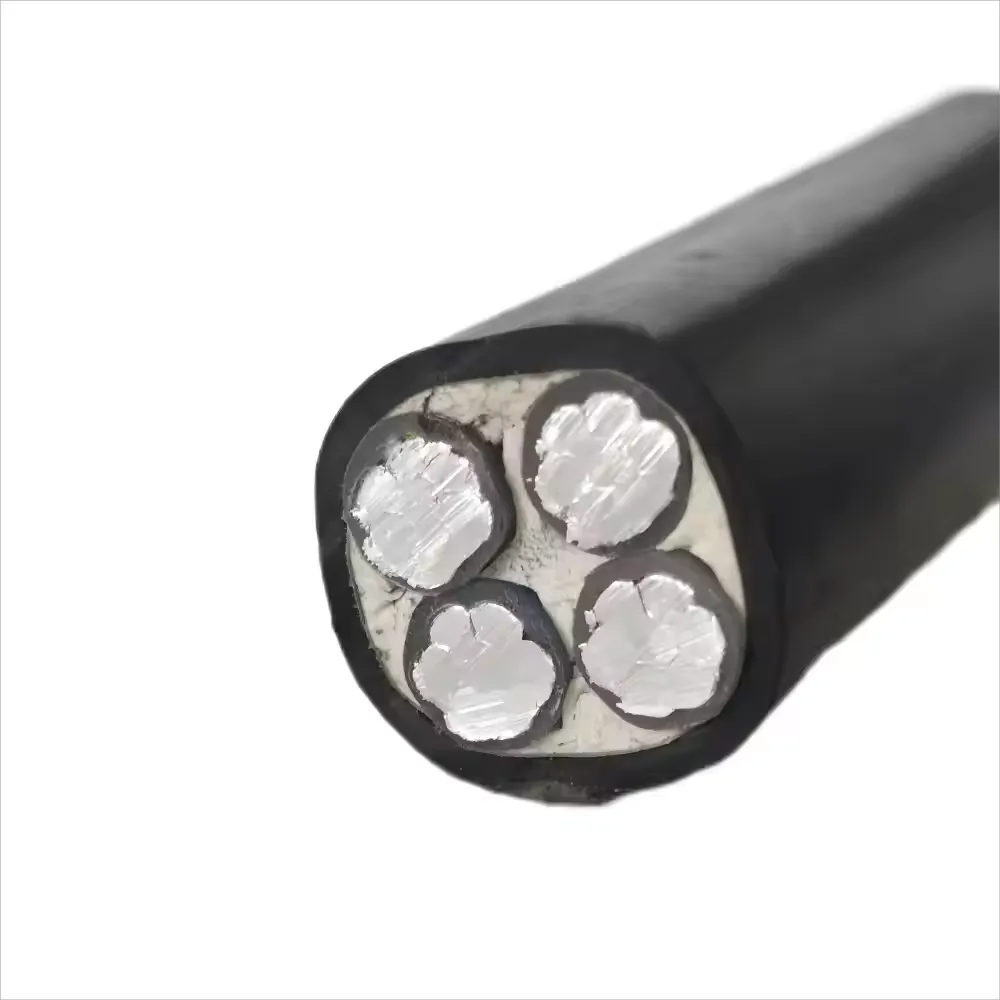
Manufacturers are increasingly adopting recyclable metals, such as copper and aluminum, and biodegradable polymers, like bio-based polyethylene, for cable insulation and sheathing. These materials reduce waste and promote a circular economy, lowering the environmental footprint compared to traditional cables. This trend supports compliance with environmental regulations.
Sustainable production methods, including low-energy extrusion and reduced-emission facilities, are becoming more prevalent. Renewable energy-powered factories further minimize carbon emissions, aligning with global net-zero targets. These practices are particularly prominent in regions with strong sustainability initiatives.
LSZH cables, which emit minimal smoke and no toxic halogens when exposed to fire, are becoming standard in data centers, smart buildings, and public infrastructure. These cables enhance safety and reduce environmental harm, meeting international safety standards.
Fiber optic cables, made of glass or plastic, consume less energy than copper cables by transmitting data via light rather than electricity. Their production requires fewer raw materials, and their long lifespan reduces replacement frequency. This trend supports sustainability and high-speed connectivity for modern networks.
Eco-friendly cables are critical for solar, wind, and smart grid projects. Cables designed for high-efficiency energy transmission, such as those using cross-linked polyethylene insulation, reduce power losses, supporting the global push for renewable energy.
| Trend | Description | Benefits | Challenges |
|---|---|---|---|
| Recyclable Materials | Use of recycled metals, bio-based polymers | Reduces waste, supports circular economy | Higher material costs |
| Energy-Efficient Manufacturing | Low-energy production, renewable-powered factories | Lowers carbon emissions | Requires initial investment |
| LSZH Cables | Low-smoke, non-toxic cables for safety | Enhances safety, eco-friendly | Limited supplier availability |
| Fiber Optic Cables | Light-based data transmission | Energy-efficient, long lifespan | High installation costs |
| Renewable Energy Support | High-efficiency cables for solar/wind | Reduces power loss, supports green energy | Supply chain constraints |
In 2025, green cabling is transforming the cable industry, driven by sustainable materials, energy-efficient production, and support for renewable energy. Despite challenges like higher costs and material shortages, the market reflects strong demand for eco-friendly solutions. Businesses adopting green cables can align with regulatory standards, reduce environmental impact, and enhance operational efficiency, ensuring a sustainable future for global infrastructure.
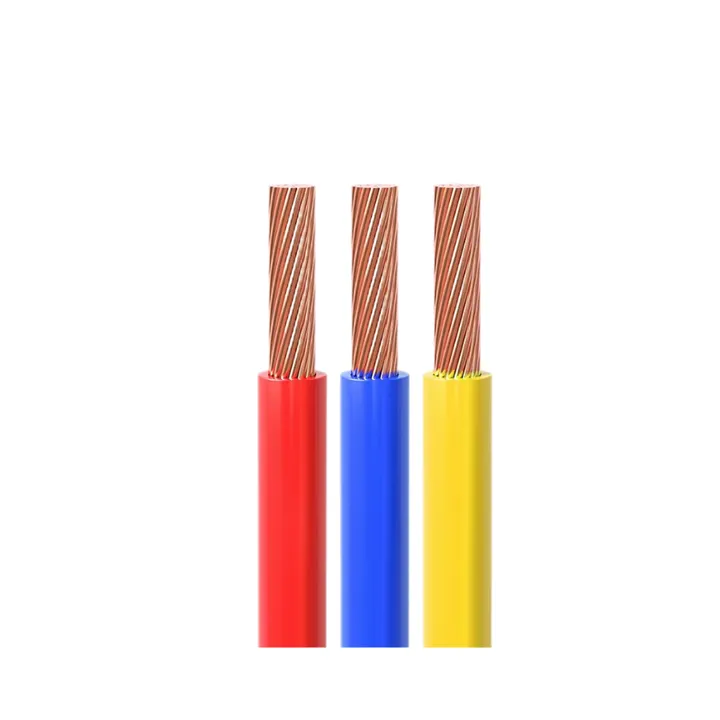
CE Certification 450/750v H07VVF Flexible Copper PVC Insulated Ac Cable 3*2.5 Mm
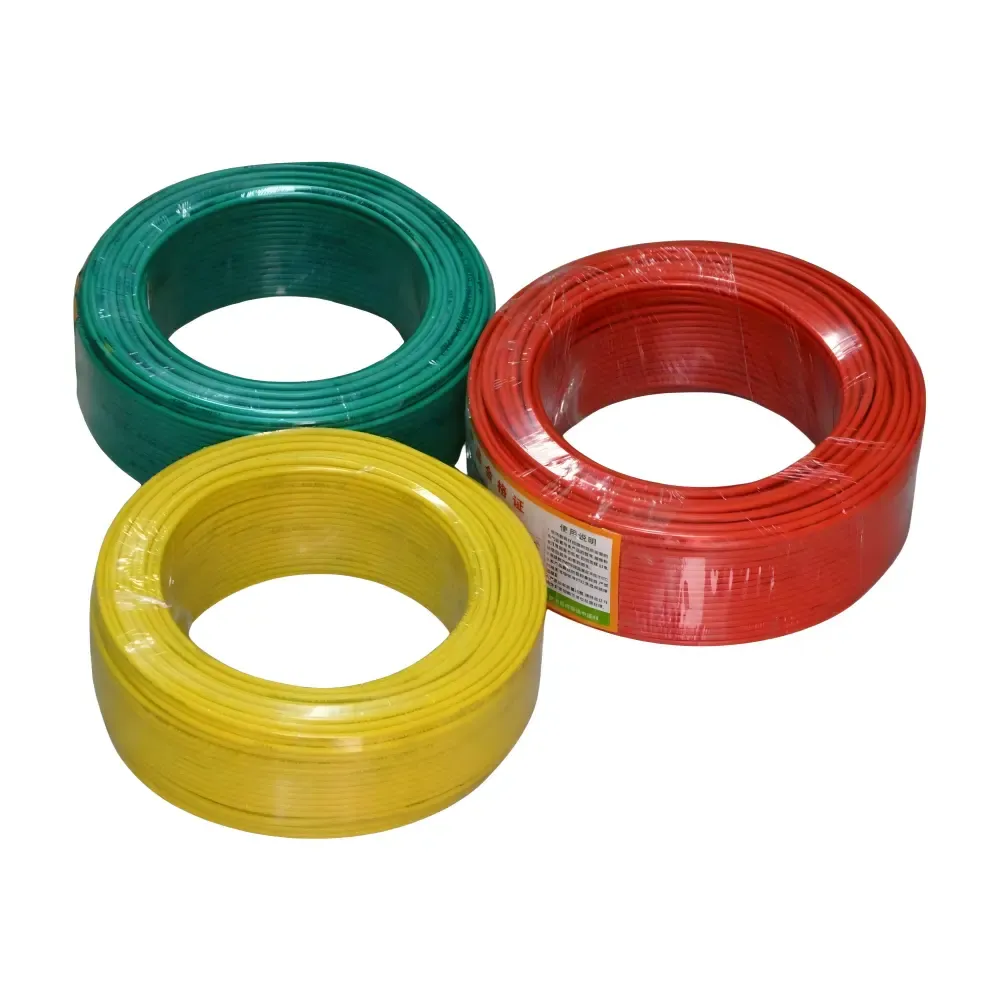
low voltage copper conductor PVC insulation underground BV BVR cable for industr
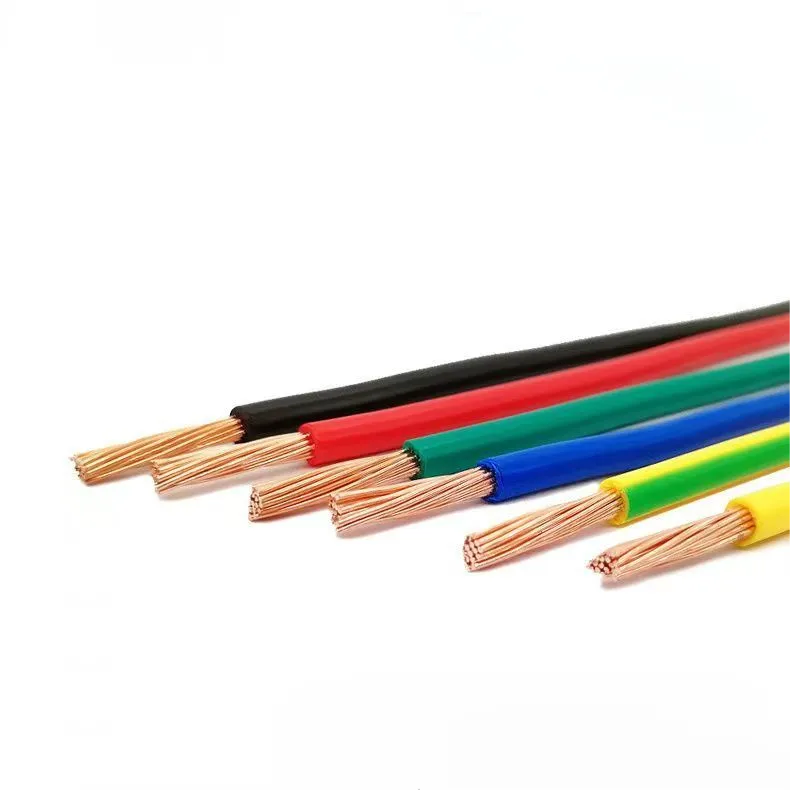
PVC electric wires are one of the most widely used electrical conductors in resi
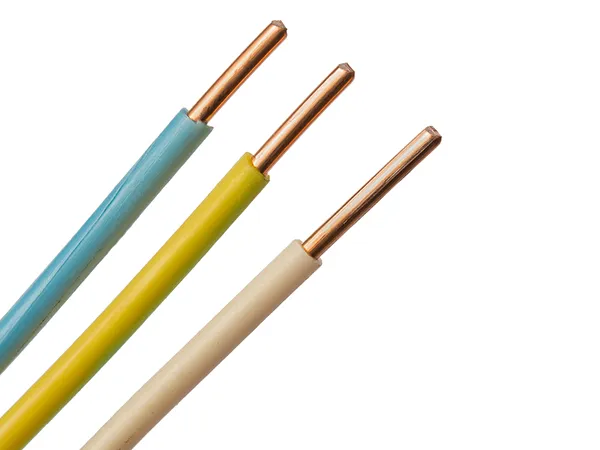
H07V-U wire is a flexible, low voltage electrical wire commonly used in industri